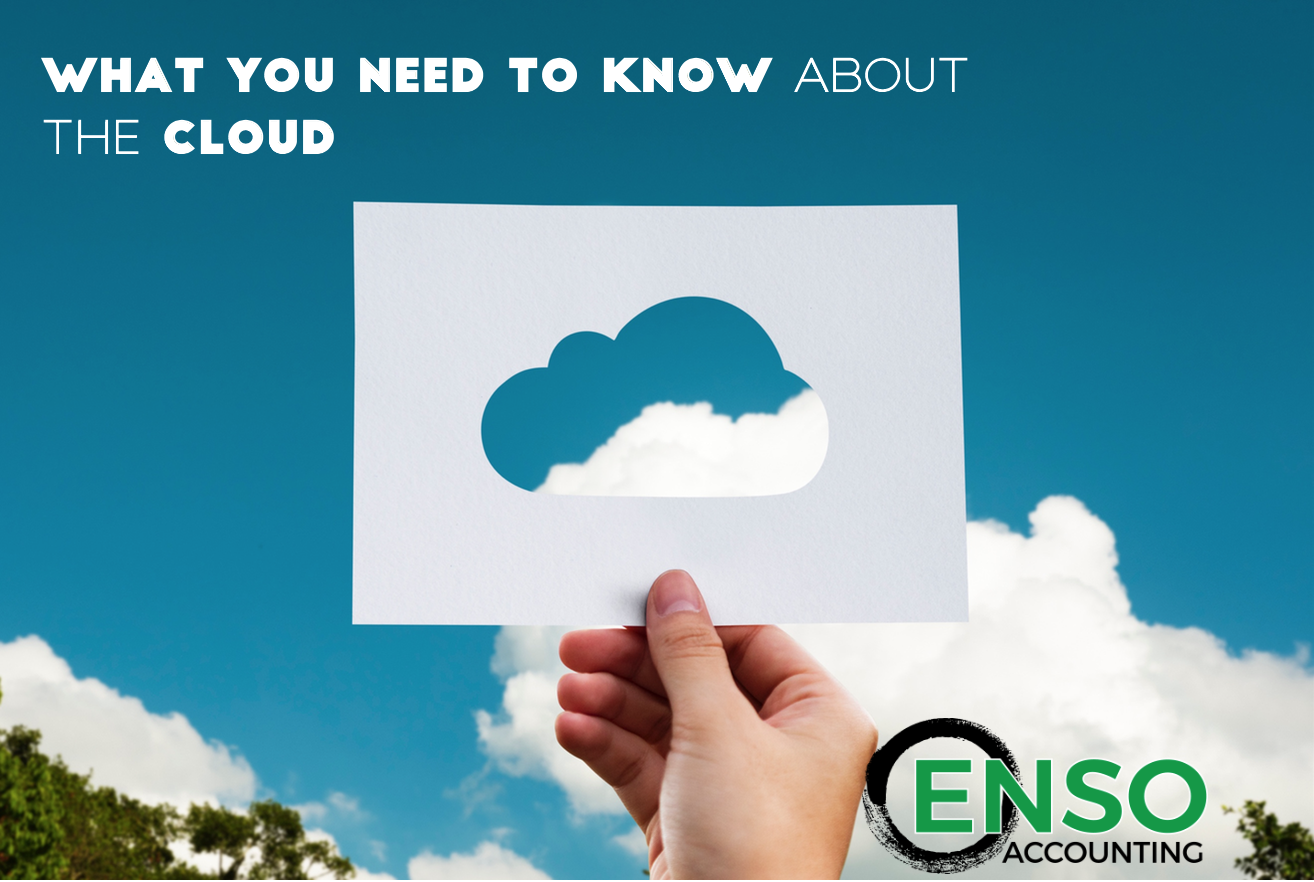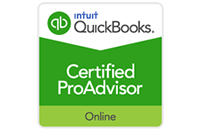Even if you haven’t made the conscious business decision to switch to “the cloud,” chances are you’re already using it. Do you own a smartphone? Do you stream your favorite TV shows from Netflix or another similar provider? Well, these modern conveniences depend on cloud technologies every day. To help you transition comfortably, we’ll go into a little more detail and explain exactly what this buzzword means.
What is the Cloud?
Unsurprisingly, it’s unrelated to the fluffy balls of moisture drifting across the sky on any given day. Instead, it’s a reference to where your data is stored. Rather than storing your information on your individual computer’s hard drive or backing it up to an external/thumb drive, you’re transmitting it remotely to and from the cloud. Contrary to popular belief, the data isn’t floating above our heads, waiting to be pulled down into your iPhone or laptop at any given moment. It’s actually being stored in a massive network of services by someone else. So, think of it has renting access to this storage facility for a monthly subscription. Most tech companies have their own for you to choose from, such as Google’s Drive, Apple’s iCloud, Microsoft’s OneDrive, and even Dropbox.
What are the advantages to the cloud?
The primary benefit to this—as an individual or as a business—is immediate access. Did you forget your laptop? Is your device just not cooperating? No worries, you can just login to the cloud from any other machine and pull up those files. Plus, most services incorporate an autosave feature, so you don’t have to worry about when you last saved your document. It’ll automatically pick up from your last edit—or your colleague’s last change.
Once you switch over, you can also work collaboratively much more easily. Whether your whole staff works remotely, or you just have a hard time getting everyone in one room, with the cloud, everyone can login and view the same documents. They can also contribute and make changes when needed. Additionally, it keeps everyone on the same platform that’s updated automatically. So, you no longer need to worry about replacing outdated operating systems or losing a lot of work time to IT issues. Most cloud service providers have updates programed to run during your off hours and/or weekends.
Basically, when you contract with a cloud-based company to handle your files, you’re outsourcing a large part of your IT department. Depending of the size of your company, you may or may not have an IT person on-hand to handle such issues. However, few businesses have the resources to handle a network of the size that Google maintains. By tapping into a system they’ve already creating, you’re saving yourself millions of dollars. Not to mention the storage and security headaches that inevitably come with IT matters.
What are the potential disadvantages?
As with all Internet-based services, you’re basically dependent on the reliability of your network to get things accomplished. If all of your data is stored in the cloud and you lose the ability to access the system, one way or another, then you’re sort of stuck. So, it’s still a good idea to have your important files backed up to multiple sources—just in case.
You may also pay for the convenience that this technology affords one way or another. While many providers allow you to change your monthly subscription based on your needs and usage, some do try to lock you into long-term service contracts. Plus, there are the fees associated with transferring your entire system to the cloud. You can either pay your employees to do it, pay the cloud company do it, or it’ll cost you your time and effort to complete the tasks. So, be sure you do your research and find both the method, and the provider, that works the best for you.
How do I transition to the cloud?
Well, that’s where we come in. Although, we’re an accounting firm and not an IT company, we specialize in cloud-based solutions for your business. So, together we’ll sit down, review your business model, and look for ways to make your life easier. If you’re losing a lot of time tracking business expenses, we can recommend a service for that. If you’re devoting too much energy to payroll instead of bringing in new clients, then we can suggest a cloud-based solution to that too! Switching over may take a little bit of cooperation and learning, but the goal is to streamline these services and set your business up for a better future. If you want to know more about how we accomplish that, please give us a call!




